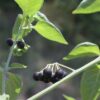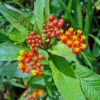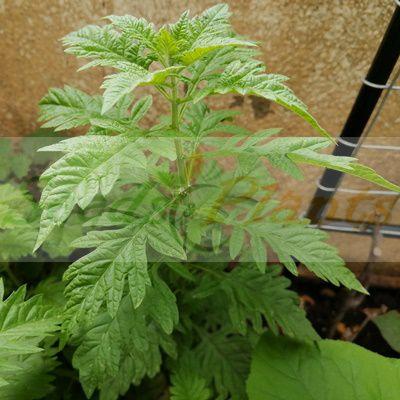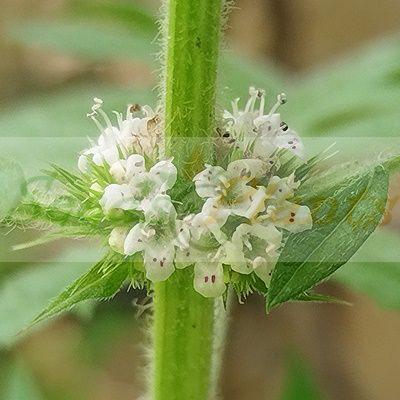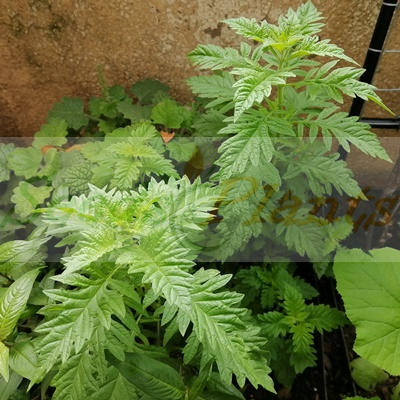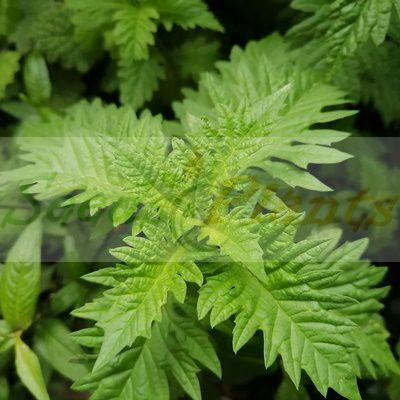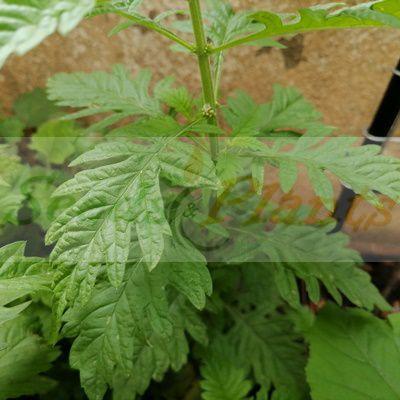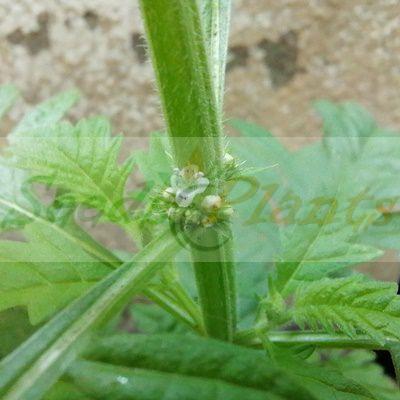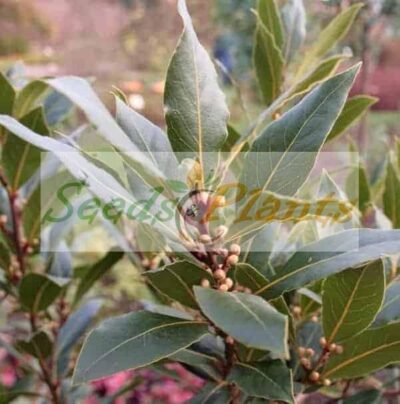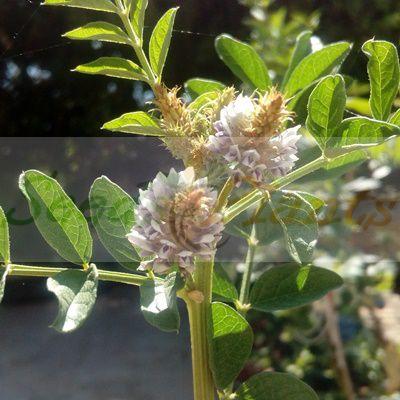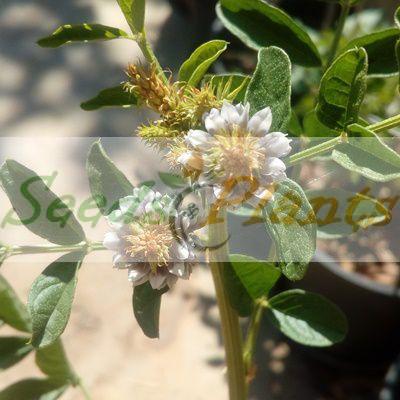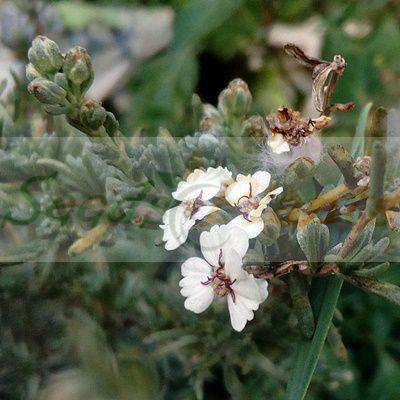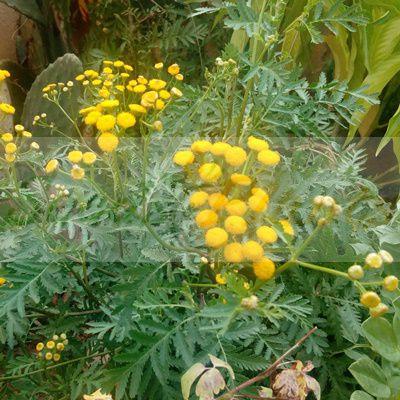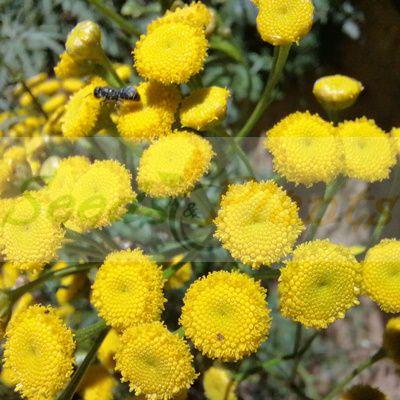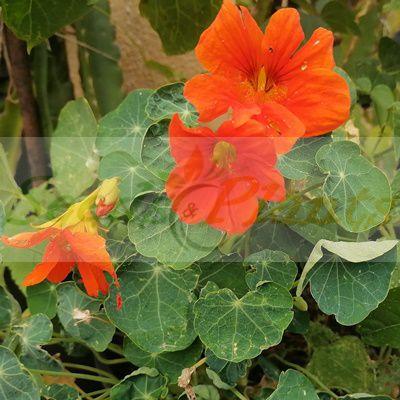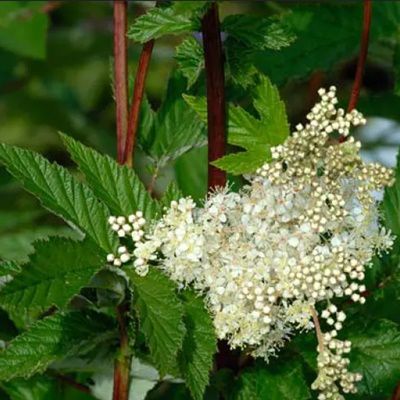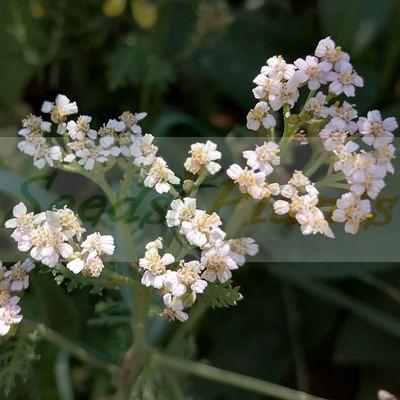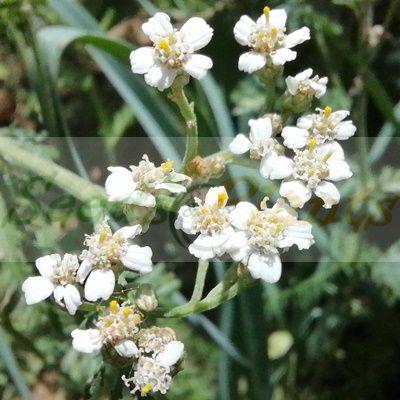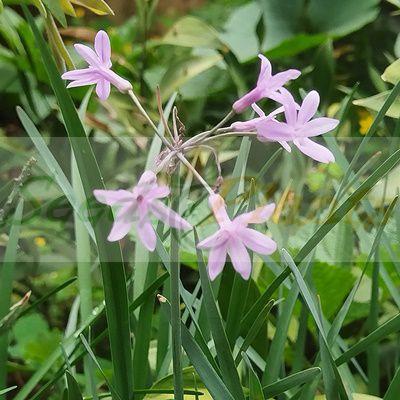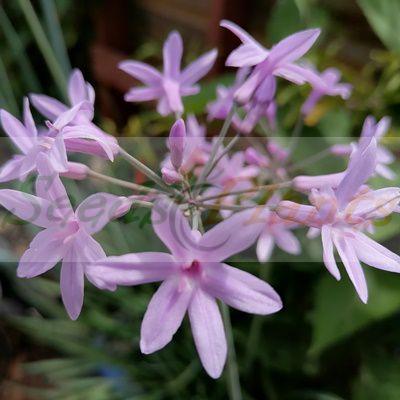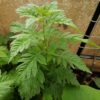Gypsywort – 10 Seeds
(Lycopus europaeus)
R50.00
Gypsywort has been historically used for its medicinal and dyeing properties.
Common Names: Gypsywort, Gipsywort, Bugleweed, European bugleweed and Water horehound.
Indoor Sowing: Late Winter and Early Spring.
Direct Sowing: Autumn and Spring.
In stock
Gypsywort (Lycopus europaeus) is a clump-forming perennial plant in the genus Lycopus and it is a member of the mint family, Lamiaceae. It is native to Europe and Asia, and can be found growing in damp ditches, marshes and streams. This perennial plant shares familial characteristics with other mints, such as square stems and opposite leaves. Although many mint family plants are strongly aromatic, gypsywort is an unusual member, because its leaves have little to no scent.
This plant has been historically used for its medicinal and dyeing properties. The plant is a source of a black dye that was used to create a permanent color for wool and silk. Historically, Romani (gypsy) people and other travelers used the black dye to stain their skin darker. This practice is the origin of its common name.
It can grow up to 80cm tall and spreads by slender rhizomes, with hairy stems and oval, pinnately lobed mid-green leaves. It has square stems along which are opposite pairs of very distinctive, coarsely toothed, shortly stalked, veined, lanceolate leaves. In the axils of the upper leaves are compact whorls of numerous small, white, four-lobed flowers (3-5mm across) which have tiny purple dots and two protruding stamens.
Common Names: Gypsywort, Gipsywort, Bugleweed, European bugleweed and Water horehound.
Gypsywort Medicinal Benefits:
- It is used to treat an overactive thyroid (hyperthyroidism), nervousness, palpitations, and breast pain (mastodynia).
- It is also historically used as an astringent and sedative.
CAUTION: Do not use gypsywort if you have an underactive thyroid (hypothyroidism) and if you are pregnant or breastfeeding . Use caution if you have diabetes,as it can lower blood sugar.
Growing Gyspsywort
Indoor Sowing: Late Winter and Early Spring.
Direct Sowing: Autumn and Spring.
- For Indoor sowing, start seeds indoors in late winter or early spring, about 6–8 weeks before your last frost date.
- Fill your containers with seed-starting mix and moisten it thoroughly.
- Sprinkle the tiny seeds thinly on the surface of the soil.
- The seeds need light to germinate, so press them gently into the soil but do not cover them deeply.
- Cover the tray with a plastic dome to keep the mix warm and humid.
- Keep the soil moist by misting as needed.
- Once the seedlings emerge, remove the humidity dome and provide plenty of bright, indirect light.
- When seedlings have their first set of true leaves, they can be thinned out or moved to individual pots.
- Before transplanting outside, harden off the seedlings by gradually exposing them to outdoor conditions over a week.
- Direct sowing can be done in Autumn or Spring.
- Select a suitable location, ideally a pond edge or you can also plant the seeds in a pot. The plant tolerates a wide range of soil types, but thrives best in consistently moist, wet ground.
- Scatter the seeds thinly over the prepared soil surface.
- Lightly press the seeds into the soil to ensure good seed-to-soil contact and do not cover the seeds with soil, as the seeds need some light to germinate.
- Keep the area consistently moist until the seedlings are established.
Disclaimer
Medicinal Information:
All medicinal information on this website is for educational and informational purposes only and may not be construed as medical advice. The information is not intended to replace medical advice or treatment offered by healthcare professionals.
Seeds, Plants, Plant Cuttings, Geophytes and Dried Herbs:
In some countries and provinces, certain plants are deemed as invasive and are not allowed to be planted at all, whilst some plants are allowed to be grown only in certain areas or provinces. The onus is on you as the buyer to familiarize yourself with the regulations pertaining to your location, before purchasing any of our seeds, plants, plant cuttings, geophytes or dried herbs. We will not be held liable, should you purchase any seeds, plants, plant cuttings, geophytes or dried herbs. from us which are prohibited in your country or province.

